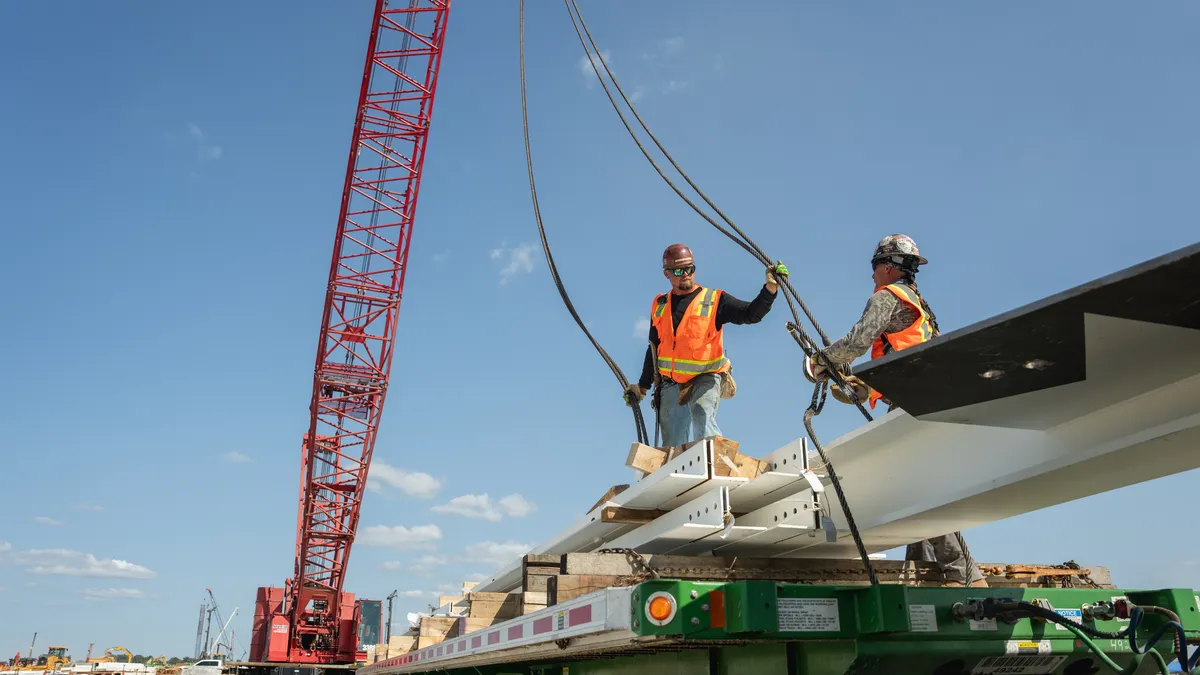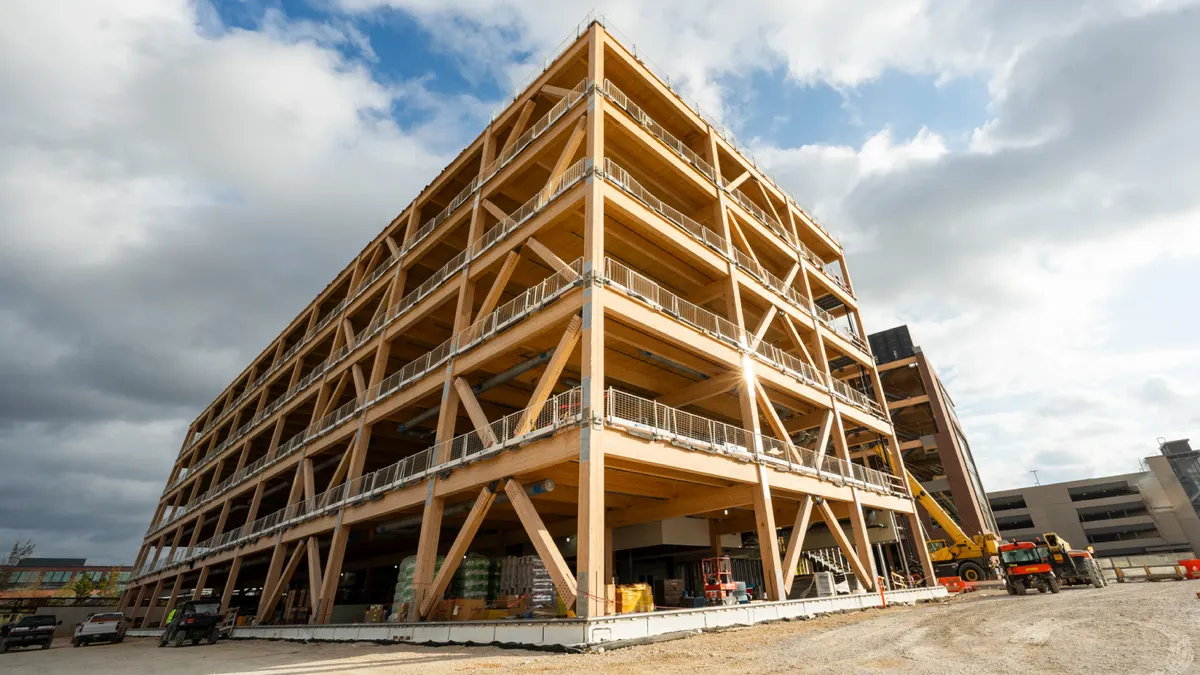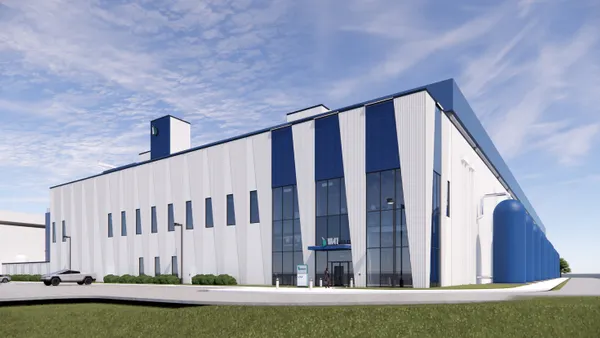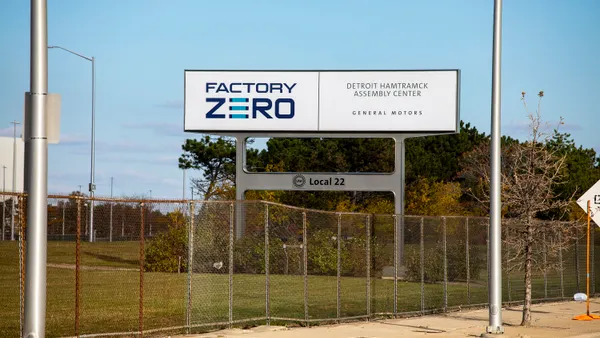Assembly and manufacturing plant construction is tough work.
But despite a recent pullback from consumers and automakers in the EV space, Detroit-based general contractor Walbridge is confident the vehicle manufacturing sector will continue to boost overall backlog levels in the future.
Electrical machinery construction, which includes EV battery plants, accounted for about 47% of overall manufacturing construction in 2023, according to Dodge Construction Network. S&P Global Mobility forecasts that by 2030, EV market share for new vehicles will likely jump to 40%, which should translate into more work for general contractors like Walbridge.
Here, Randy Abdallah, executive vice president at Walbridge, talks with Construction Dive about vehicle manufacturing, the contractor’s top sectors for growth and industrywide challenges facing construction.
Editor’s note: This interview has been edited for clarity and brevity
CONSTRUCTION DIVE: What are some recent project wins you can share?
RANDY ABDALLAH: The Walbridge vehicle manufacturing group is currently working on seven major programs that support the North American electrification and alternative propulsion market. This ranges from conversions of existing facilities to existing facility expansions to electric vehicle battery plants.

We also have several significant new wins with hyperscale data center clients in Virginia, Ohio, Indiana and Texas.
Why is Walbridge targeting vehicle manufacturing construction as an area for growth?
Vehicle manufacturing will continue to represent a significant portion of Walbridge’s annual revenue and growth. The U.S. vehicle manufacturing industry has historically supported 13 million or more vehicles a year.
With the current focus on environmentally friendly vehicles, we anticipate, for several years to come, a combination of internal combustion engine vehicles and alternative propulsion vehicles. This will require vehicle manufacturers to invest in capital projects to support multiple vehicle programs simultaneously.
What about EV manufacturing specifically? What is the sentiment there?
The markets we currently serve have experienced exponential growth with vehicle electrification. This includes battery cell and upstream and downstream components, as well as data center and mission critical growth to support AI.
Walbridge has had significant post-COVID growth as the U.S looks to onshore domestic manufacturing, much of which was spurred by the Inflation Reduction Act and CHIPS Act.
How does Walbridge stay ahead of the curve when it comes to technology and innovation?
Walbridge’s commitment to innovation, sustainability and excellence drives our efforts to stay ahead in a rapidly changing construction landscape. Using a multipronged approach, we continually invest and evaluate new technologies across several areas to see how they will improve productivity and efficiency in the industry.
For example, this includes proximity warning alert systems. This is a blind spot technology that uses artificial intelligence and machine learning to detect humans versus objects.
Also, another example is for smart contracts. This includes self-executing digital agreements programmed with "if/then" logic and stored on a blockchain network. When a pre-determined condition is met, the contract terms are automatically executed. It helps streamline processes, increases transparency and reduces reliance on intermediaries.
What are the challenges Walbridge faces in 2024, and how are you approaching them?
We share the same concerns around interest rates and labor availability as other contractors.
Although we had stable material prices in 2023, we’re starting to see prices creep back up in 2024. Labor availability has been an ongoing issue for several years.
Walbridge will continue to do what’s been successful for us in the past — ensure the worker has a safe, efficient and temperature-regulated work environment and offer training and competitive compensation among other jobsite amenities.
Any other trends in the construction industry you think are important to mention?
We’re seeing many of our customers move to carbon-neutral solutions and announcing carbon-neutral goals. Walbridge is exploring our role in supporting their goals and how it will impact the construction industry.














